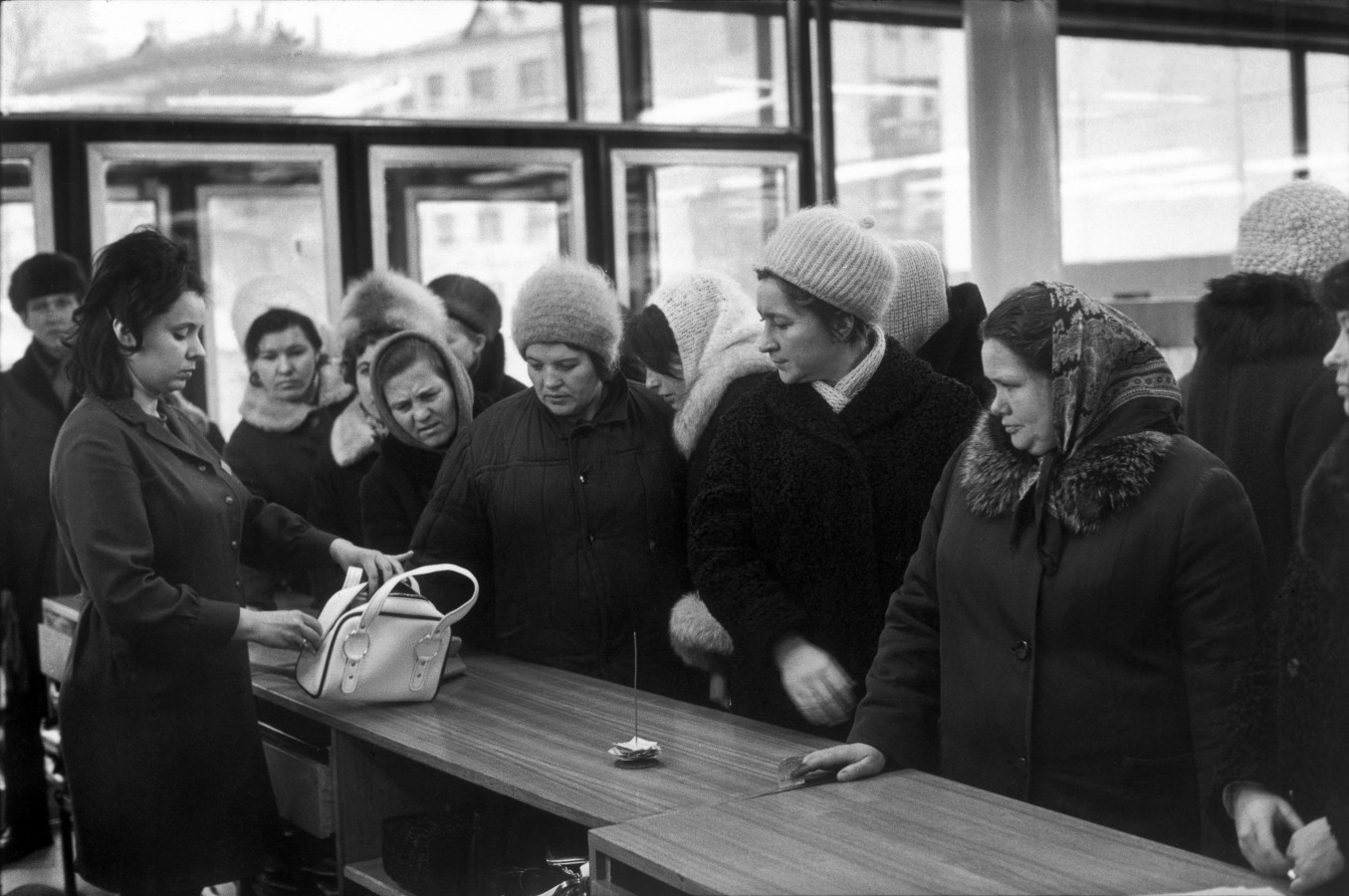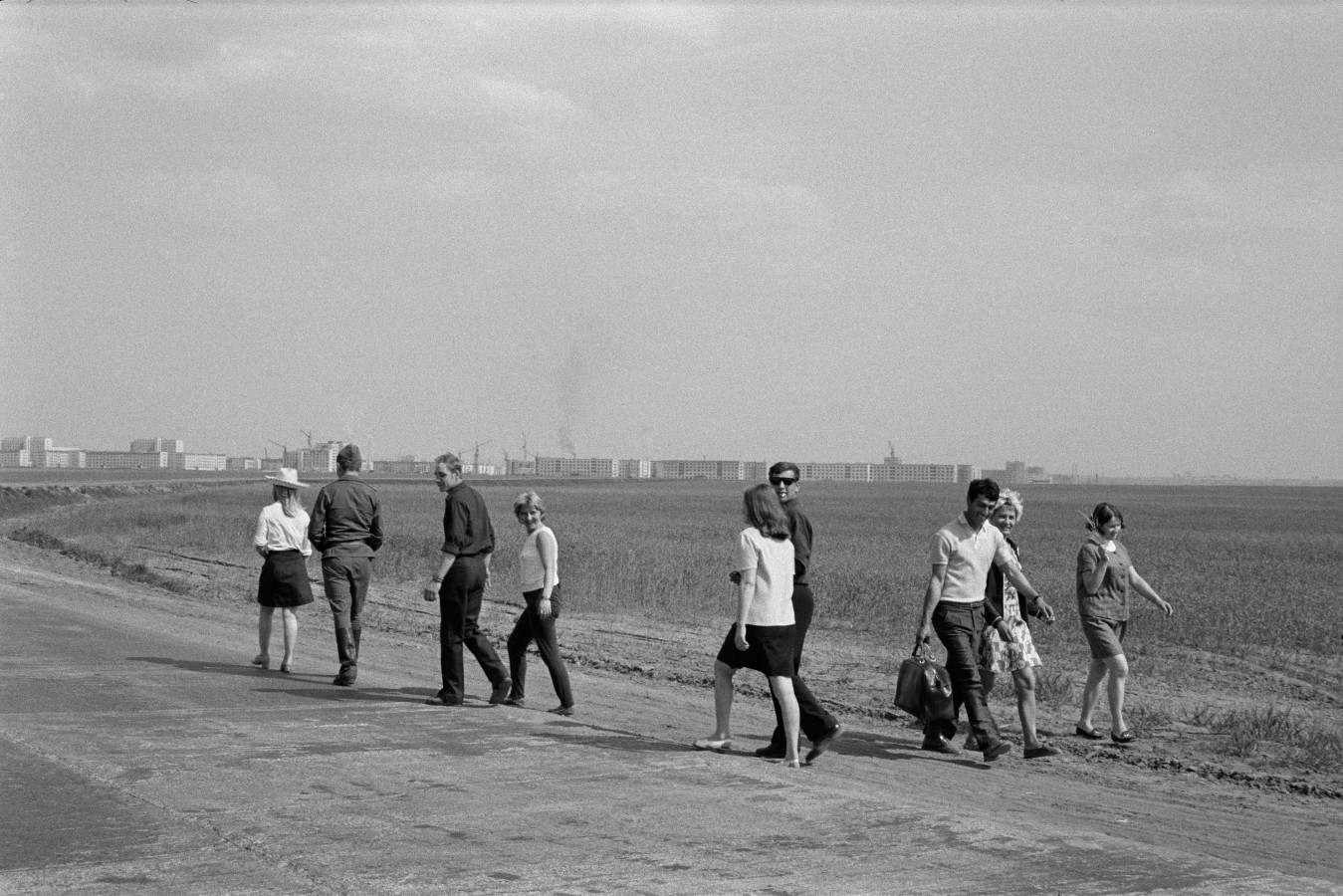Henri Cartier-Bresson’s (1908–2004) “inventive work of the early 1930s helped define the creative potential of modern photography, and his uncanny ability to capture life on the run made his work synonymous with “the decisive moment”—the title of his first major book.”
MoMa has some online exhibitions of Cartier-Bresson and an interactive gallery (this one is of his USSR photos).

“Cartier-Bresson was the first Western photographer to be admitted to the Soviet Union after the death of Josef Stalin, in 1953. The pictures he made in the summer of 1954 were news in themselves, and several magazines reproduced quite a few of them. When he returned to the U.S.S.R. nearly two decades later, in 1972 and 1973, his image of Soviet life developed a new dimension—grim, barren, and bleak.”

I’ve been wanting to post about a street photographer, but wanted to find one who was more inspirational/less pretentious than The Sartorialist (pretty much the only contemporary one I’m really familiar with). So I wikipedia’d ‘street photography’ and came across this guy. He seems pretty awesome, so I plan on learning more about his work!



